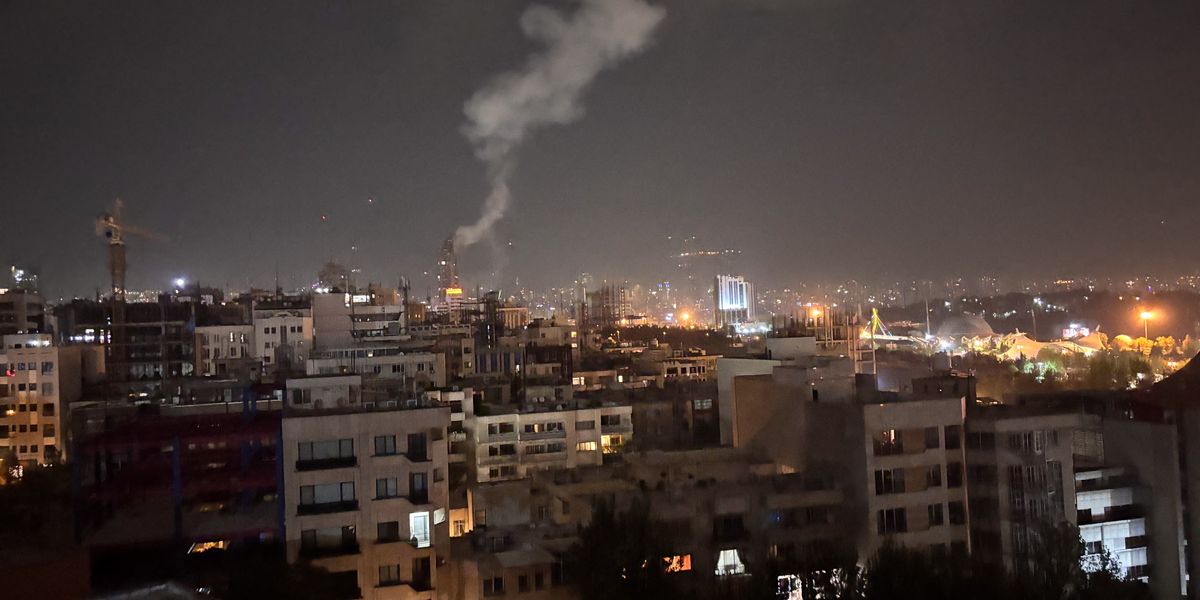China's nuclear stockpile is 'the fastest growing globally' as WW3 fears continue to grip the world, according to an expert, and the superpower has a crucial US military base in its crosshairs.
Security and geopolitics analyst Ankit Panda also warns China and Russia could team up and use European conflicts to make a grab for the disputed territory of Taiwan.
Panda said China was once home to 'just' 200 warheads back in 2019, but reports claim that number has since skyrocketed to 700.
Speaking at an event hosted by the Pacific Center for Island Security, Panda warned: "China is now building up to what the US thinks will be 1,500 nuclear warheads by 2035.
While this number still pales in comparison to America, which boasts more than 5,000 warheads, according to ICAN, it it could bring China in the 'ballpark' of being a so-called 'nuclear peer' to the States.
It remains unclear why China continues to rapidly boost its nuclear potential and risking inciting an arms race and more hostility with Washington.
Panda also drew attention to one of the Asian superpower's most deadly weapons dubbed the 'Guam Killer'. The DF-26 is an intermediate-range ballistic missile allegedly developed specifically to strike the Pacific island of Guam - home to a US military base - from mainland China.
Sources claim the 1,200-1,800kg thermonuclear weapon has a range of over 5,000km, making it a huge threat. China first unveiled the weapon at their Victory Day Parade in 2015 and just three years later confirmed it was in service with claims it was first used in 2016 with 16 operational launchers in 2017.
Another cause for concern for the US, and possibly the rest of the world, is the country's potential alliance with Russia who owns the world's largest stockpile of nuclear warheads.
Panda said: "If Russia and China begin to co-operate, we might see simultaneous crises in Europe and the Indo-Pacific."
Experts still believe a European conflict triggering a grab for the dusputed island od Taiwan is unlikely - but, according to Panda, even this is now on the table.
Add tthis o the nuclear-ready North Korea, and U.S. allies in the Pacific are growing increasingly jittery.
That nerves-fuelled arms race is turning the region into a “security dilemma,” with South Korea, Japan, Australia, the Philippines, and Taiwan all scrambling to beef up their defences.
South Korea, Japan, and Taiwan want better missiles, while Australia is diving into nuclear-capable submarines.
Meanwhile, there’s uncertainty over how far the US 'nuclear umbrella' really stretches - and whether America would act in defence of Alaska, Hawaii, Guam or its Pacific allies.
Last year, China fired an intercontinental missile over the Pacific, with local defence forces tracking it as it flew past Guam.
Panda said: "Guam today has no nuclear operational role, but it is absolutely central to how American military planners think about any scenario involving a conflict with China."
"Guam is the only spot in the western Pacific where the US can act without restrictions, which, of course, puts Guam in the crosshairs."
However, Pansa insists the US aims to make Guam’s skies "the most densely defended airspace against long range missile threats.
There are alternatives to war says the analyst "Diplomacy has a really important role to play in also improving security in this part of the world.
"The US needs to think much more creatively about how to improve its own security, and the security, of course, of this very important sub region, I think, through non-military means."

 1 month ago
6
1 month ago
6










 English (US) ·
English (US) ·